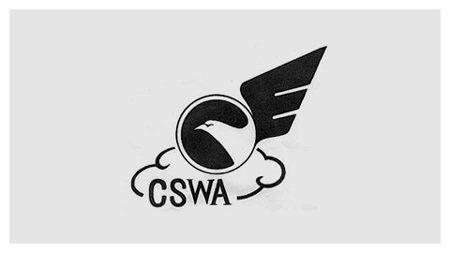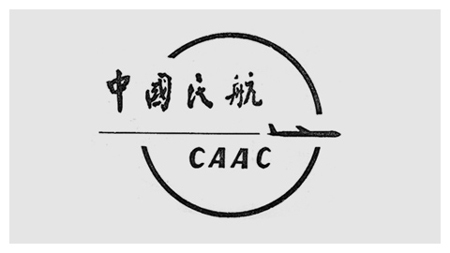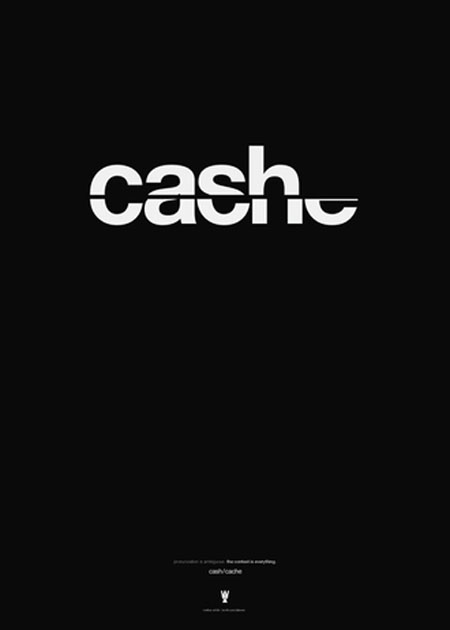Tips to Improve & Boost Your Creative Process:
This is a guest article contributed by Kimberly Wilson*, looking at some ways to improve and boost your creative process.
–
The importance of the
creative process dawned on me the other day when I was making a cup of tea. It’s been a long road on the way towards tea snobbery, but the experience has taught me that like with producing great art, producing great tea must be done with care.
You take the time to pick leaves whose scent intrigues you; you steep a precise quantity in boiling water for just the right time, and reward your efforts with that perfect cup.
Alternatively you can pick up a value box of pre-bagged tea grounds at your area supermarket and take your chances with a hurriedly made, mass produced product. I assure you the experience will not be the same.

Attention To Process
Expressing our creativity in a professional capacity requires the same attention to process.
You can’t expect to produce a great design just because you have a seemingly great idea. There is
no magic button. Whatever light bulb moment you experience has to be tempered with
meaningful planning and preparation if you want to create something arresting, powerful, and lasting. If you want some guidance on how to improve your creative process, consider these tips as a starting point.
Familiarize Yourself With The Process
First things first: in order to execute a creative project correctly,
you need to familiarize yourself with all the components that will take you from idea to physical realization. If you have a faint concept for a client company’s branding design, for instance, try planning out the key elements of the design before trying to draw it out.

What colors best communicate the ethos of the company? Would the brand have more impact with a minimalist approach, or does it need to be big and bold? Take your time to imagine yourself as a customer of your client company, consider the aesthetic appeal of your brand in various mediums, and so forth.
In other words, consider your idea from all angles before settling on one that fits.
Once you’ve settled upon the general layout of your idea, don’t hesitate to design multiple drafts in one sitting so you can work out all the aesthetic kinks of your idea.
Balance The Extremes
The creative process is all about balancing extremes. When a seemingly amazing idea hits us like a stack of bricks, the first impulse we have is to act on it immediately. But the idea you have is likely couched in extremes, having flashed in your mind out of nowhere and enticed your creative impulses.
Say you have the urge to create an utterly stark and simple design for a project on a whim. If you’re itching to sketch out your idea while it’s fresh in your mind, by all means do so! I’m not trying to advise against acting upon the sudden flashes of inspiration that drive all creatives. But do
have the foresight to put away your design and look at it the next day with fresh eyes. When you’re not in the heat of the moment, you may realize that your design is unbalanced: perhaps the simple and clean look now appears too sterile, or it needs more attention to detail.

Don’t Force Inspiration
This is perhaps the best advice that I can give. It’s the certainly something I tell myself all the time. When you feel yourself sapped of creativity, devoid completely of the motivation to produce designs, don’t look about for inspiration in vain.
Inspiration isn’t a faucet that you can arbitrarily turn off and on in your mind—it comes and goes as it pleases, often leaving us in the dust.
The best creative work comes from people working almost in an out-of-body experience of natural effort; in these moments, the urge to create isn’t forced, it comes from within without any exertion. Certainly creative minds are capable of coming up with things on the fly for small time projects, but when it comes to endeavors that require huge swaths of your time, you’re better off letting inspiration come to you. Ultimately, if the creative process doesn’t feel natural, then you should
reconsider your approach.
–
*Kimberly Wilson is from accredited online colleges and writes on topics including careers, creativity, education, college life, home improvement & time management. Photos by Big Stock Photo.
© This article is copyright of
JUST™ Creative and should not be found elsewhere.
















